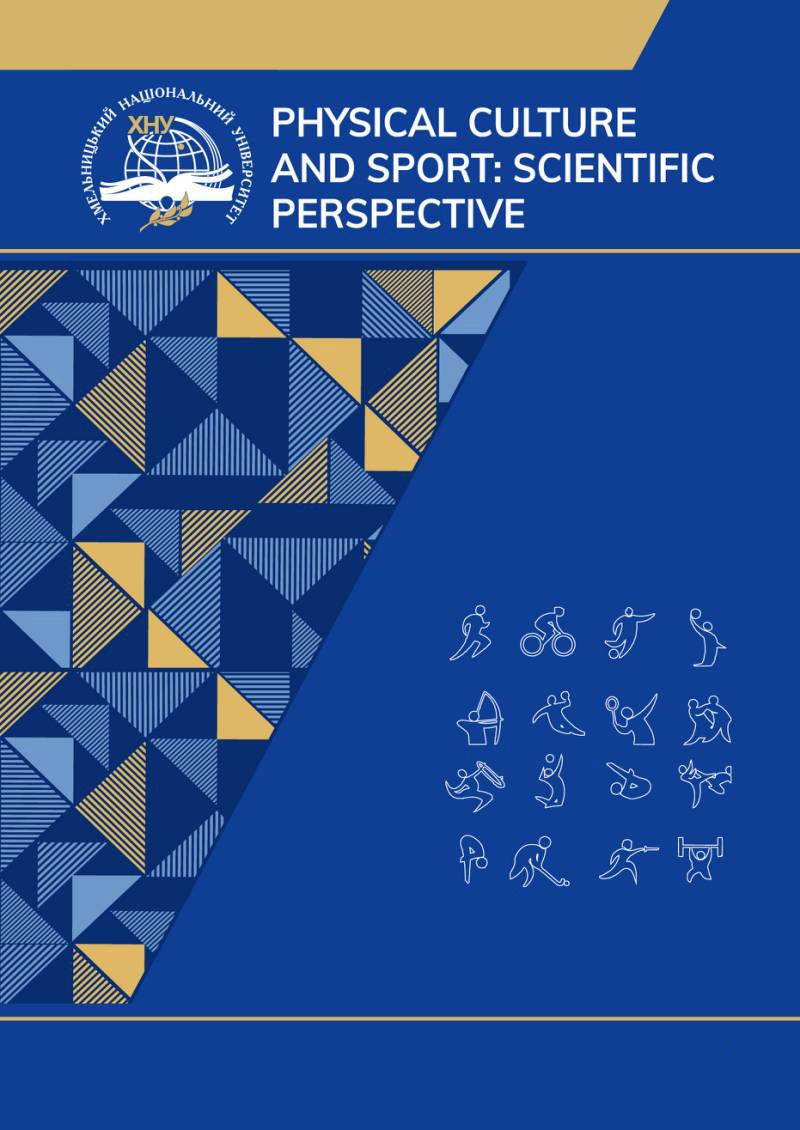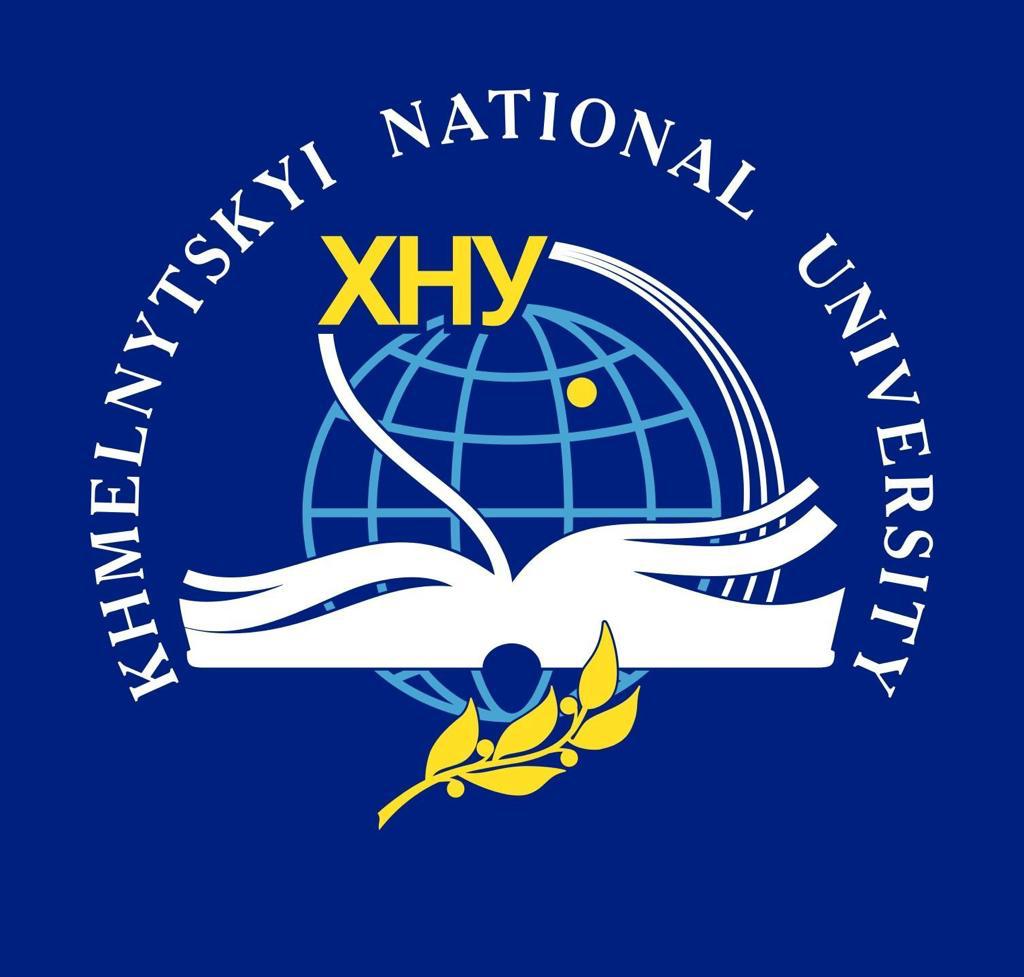Physical therapy for congenital muscular torticollis
DOI:
https://doi.org/10.31891/pcs.2024.1.53Keywords:
congenital muscular torticollis, treatment, physical therapy, early intervention, childrenAbstract
Congenital muscular torticollis (CMT) is one of the most common musculoskeletal diseases in children, characterized by fibrosis or shortening of the sternocleidomastoid muscle, which leads to lateral bending of the head to the affected side and rotation to the opposite side. The incidence rate of congenital torticollis worldwide ranges from 0.3% to 1.9%, according to other studies the ratio is 1 in 250 newborns, with a predominance of male infants born from first pregnancies.
Early recognition of CMT symptoms and physical therapy is an important part of conservative treatment, considered effective in the majority of cases. The main goal of physical therapy (PT) is to achieve age-appropriate active and passive range of motion of the neck, prevent contractures, and develop symmetry of the face, head, and neck. Early intervention for a child with congenital torticollis, started before the age of 1 month, has a 98% success rate, with a duration of therapy of approximately 2.5 months, resulting in the infant achieving near-normal range of motion. The leading methods of physical therapy at an early age are passive muscle stretching, active muscle stretching, development of active symmetrical movements, adaptation of the environment, training of parents or guardians of the child in positioning skills and features of child care in everyday family life. An individual approach and high-quality selection of PT drugs are the key to obtaining good results, minimizing the possibility of negative consequences of the disease, and shortening the duration of treatment.
The aim of the study is to review the literature, which highlights the issue of selection and application of physical therapy methods for infants with muscular torticollis, to determine the most effective ways to solve the problem.
References
Pryrodzhena miazeva kryvoshyia (Dytiacha ortopediia i travmatolohiia) - Protokol diahnostyky ta likuvannia - Standarty nadannia medychnoi dopomohy v Ukraini [Congenital muscular torticollis (Pediatric orthopedics and traumatology) - Diagnosis and treatment protocol - Standards of medical care in Ukraine]. URL: http://medstandart.net/browse/2216 [in Ukrainian]
Congenital torticollis. Physiopedia. URL: https://www.physio-pedia.com/Congenital_torticollis
Gundrathi J, Cunha B, Mendez MD. Congenital Torticollis. In: StatPearls [Internet]. Treasure Island (FL): StatPearls Publishing. 2023. URL: https://www.ncbi.nlm.nih.gov/books/NBK549778/
Kaplan S. L., Coulter C., Sargent B. Physical Therapy Management of Congenital Muscular Torticollis. Pediatric Physical Therapy. 2018. Vol. 30(4). P. 240–290.
Michalska A, Śliwiński Z, Pogorzelska J et al. Congenital muscular torticollis - a proposal for treatment and physiotherapy. Medical Rehabilitation. 2019. Vol. 23(3). P. 21–30.
Minghelli B, Vitorino NGD. Incidence of Congenital Muscular Torticollis in Babies from Southern Portugal: Types, Age of Diagnosis and Risk Factors. International Journal of Environmental Research and Public Health. 2022. Vol. 19(15). Р. 9133.
Nichter S. A Clinical Algorithm for Early Identification and Intervention of Cervical Muscular Torticollis. Clinical Pediatrics. 2016. Vol. 55(6). Р. 532–536.
Sargent B., Kaplan S., Coulter C., Baker B. Congenital Muscular Torticollis: Bridging the Gap Between Research and Clinical Practice. Pediatrics. 2019. Vol. 144 (2). P. e20190582.





